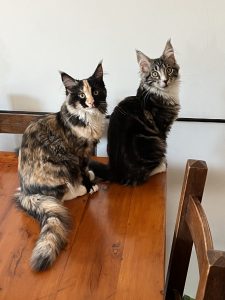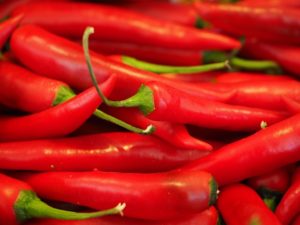I haven’t felt like writing anything in quite some time…well, actually, I’ve written a couple of posts but haven’t published them. But today I decided to publish a post I’ve been adding to, and editing, off and on in the past couple of weeks (!), so you wouldn’t think (aaaagh!) that I had died or was in bad shape. No, no, no, nothing at all like that. I’m fine, health-wise.
We’ve simply had quite a lot going on…A lot. For starters, two of our cats have big health issues, starting with Poppy and her megaesophagus. Her surgery in Milan was successful, thank goodness, but we’ll still have to be careful about her food intake for the rest of her life…wet food or dry food the consistency of porridge. And, more recently, Pandora, our 7-year-old, has developed some weird intestinal problem. She had an intestinal biopsy done a couple of days ago, so I hope, really hope!, that the problem will be easily fixable…a dietary change, perhaps. Fingers crossed.
And then, as I have mentioned now and again, there is the issue of my cataracts. I have been having more and more trouble spending time at the computer. My eyes get very tired and begin watering, even after just a little while. Luckily, I’m having cataract surgery on Friday, yes, this Friday.
First, they’ll take care of my left eye; then, at the beginning of April, my right eye. The month of March, that is, between surgeries, is going to be tough, since I will see well only with my left eye. Not sure yet how that is going to work out (I’ll probably have to wear a contact lens in the non-operated right eye…what a DRAG!). I’m VERY nearsighted, you see, practically a three-toed sloth 😉 . Oh well, time flies by so fast these days that I’m not really concerned, although I do wish it were May right now. So no worries if you don’t hear from me until spring (May-ish).
I had blood tests done few weeks ago. Still pretty much stable. The only results that concern me are my haemoglobin and hematocrit, which are hovering around the lower end of the normal range. This has been an ongoing issue for the past few years, this “hovering,” I mean. I need to work on that. More iron intake, for starters. But, all in all, I am pleased with these results.
Ah, a bit more news: after years of taking only curcumin, I have decided to begin taking astaxanthin, a carotenoid that is known mainly for its potent antioxidant activity. But it also gives a boost to the immune system and helps activate both white blood cells and NK cells. Not too shabby, eh! But the main reasons for trying something that I posted about back in 2011 (!) are that it may help increase haemoglobin. Yup!
If you do some research on this carotenoid, which I recommend if you are interested in taking it, do have a look at the potential side effects, such as the possible lowering of blood pressure, which means you must be super cautious if you’re taking BP medication. Anyway, I have been taking 5 mg of astaxanthin for the past couple of weeks and will have tests done in a few months…No ill effects thus far.
Nothing much else to report, for now. I hope everyone is doing well! Keep smoldering! 🙂

 Here’s the link to the CNN article about this study:
Here’s the link to the CNN article about this study: